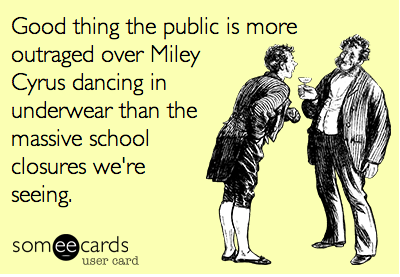We all gather our news from different sources. Social news, however, typically fits squarely in one place: Facebook and other social platforms. Birthdays, local events, travel pics. All crop up on the wall. And that’s well and good. We should care about what friends are up to, their accomplishments, their life moments.
There is also a lot of transference going on. Over 60 percent of all adults are now absorbing their news through social media. The implications, and ramifications, are interesting.
Automation Around Profiles, New Penetration
As mentioned, the profile is all important in social media. It completely directs a user’s corridor of information. Actual proximity to other users and their online interactions decide what stories crop up, from where, and why. It makes sense these are calculated for market appeal.
And granted, focusing on market appeal is non-unique. Broadcasters have been doing it for years. The key phrase in the term “broadcast,” though, is “broad.” This stuff is calculated for mass consumption. Not that all news or entertainment is the equivalent of Soylent…or Soylent Green. FX and other Adult Swim prove there’s viability in niche and its online communities. So does Fox News, for that matter. But they are still the old school. That is becoming more and more evident each year.
Broadcasters’ fortune depends on their reach. Social media enhances it to an obscene level. The only problem? They are now competing with their viewers for attention. Doubt and mistrust pervade news consumption anyway. This is not a bad thing. Any attention is good attention because it leads to income. Aquamom proves that as much Donald Trump.
“Overlap” is a New Bad Word

Thanks for the pic, Elias Gomez!
And boy, do social media users love doubting their news sources. Such commentary used to be damaging. Viewers would tune out at the slightest hint of BS –Rather’s debacle is probably the best example. Outrage is not dying down. Instead, partisanship is the foremost incentive. The only real balance is that both sides are vehement. Could Rather get away with his misreporting in 2016? Maybe. Reporters hate being wrong and lots of them use 60 Minutes for their own stuff.
Now to be fair, this phenomena is old. Very old. 70s-era NBC begot CNN and Michael Moore just as they begot 90s era Fox News and Rush Limbaugh. It’s the attraction to these news sources that is changing. People now presume bias -hence the explosion of partisanship. Huffington Post vs.The Blaze are just the start. Either end features even more extreme examples. For instance, look at VICE and the Weekly Standard.
Now, are the articles actually unfactual? They can be. Only hangup is that their viewers do not care. Actual events take second fiddle to their interpretation. Slippery slope arguments are the dumb person’s refuge. However, it is easy to see how they build and effect reality.
Conservative and liberal news outlets cannot even agree about PBS. Ironic, as the outlet is bankrolled by the U.S. and is comparatively moderate. It seems fairly obvious they cater to bourgeois interests that their viewers already have or aspire towards. Culture, instead of politics, is the bedrock from which PBS obtains its income. They are moderate only because they are avoidant.
Nu Broadcasting, Old Methods
Social media use is innately tied to broadcasting. Each share, each tweet, etc. is accessible to the mass user base. Again, reach is intrinsic to monetary evaluation. Those with a mass of Twitter, Instagram, or Facebook users can easily convert into something organized and lucrative. The Oatmeal and similarly irreverent sites are probably the best example. Plenty also make build their following, or attempt to, through programs like Huffington Post’s guest post system.
The opportunity to wax philosophically, share opinions, whatever is fine. If it ain’t yellow, however, it probably won’t gain that much reaction. The only exception seems to be cutesy interest stories. We can never get enough cat or corgi shots, rants, etc.
Still, there’s little doubt that social (media) outrage spurs online commentary. Contributing new information is nice, sure. It’s also far from necessary right now. Who knows. Maybe RankBrain will one day look at a story’s origin, not its most explosive reiteration. Good luck running an accurate search until then.
Pics courtesy of Elías Gómez and John T. Spencer via creative commons



